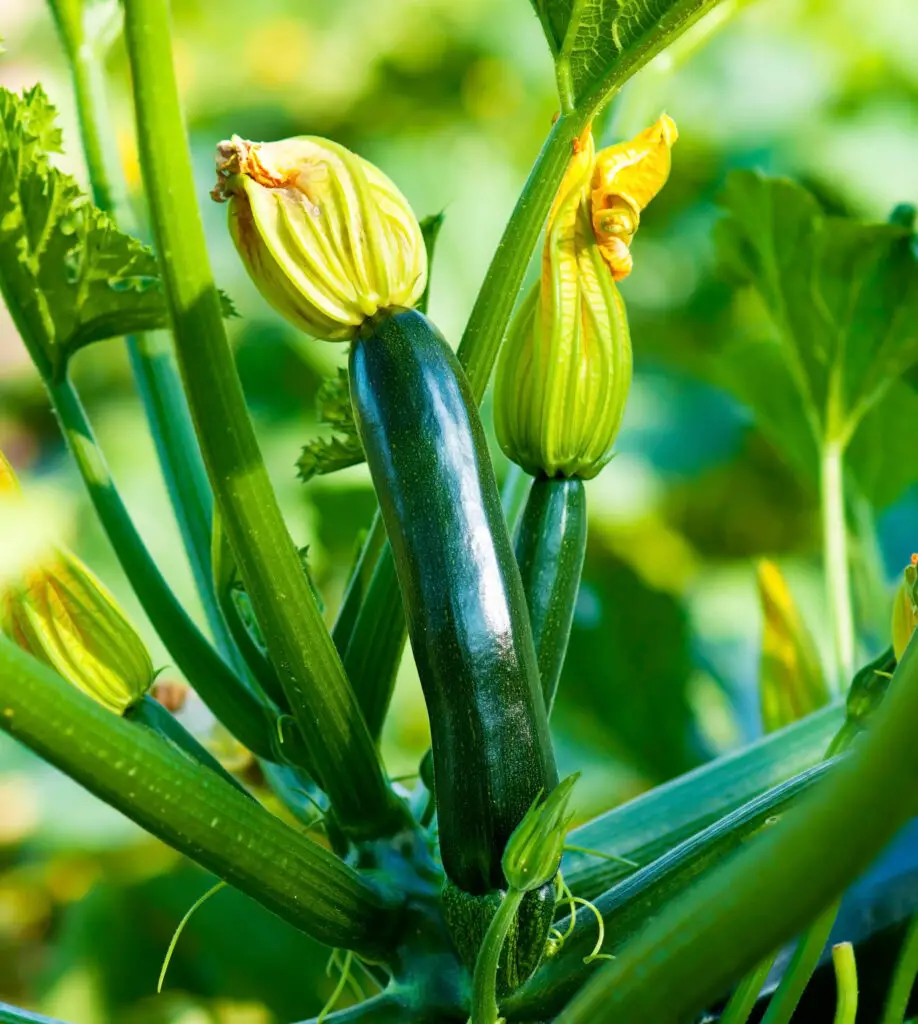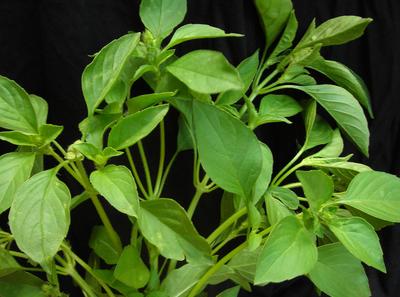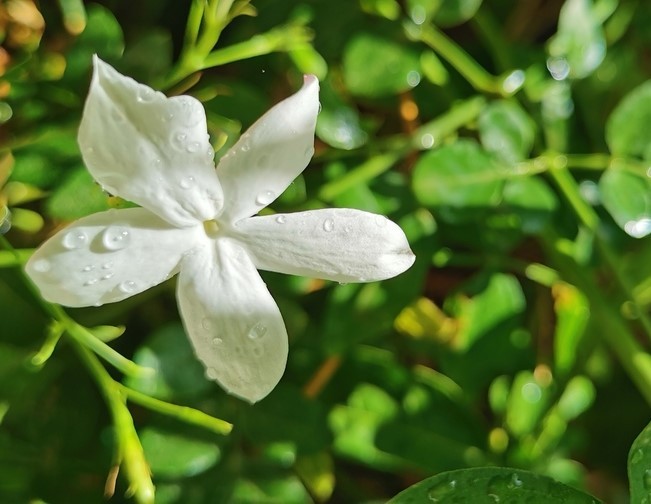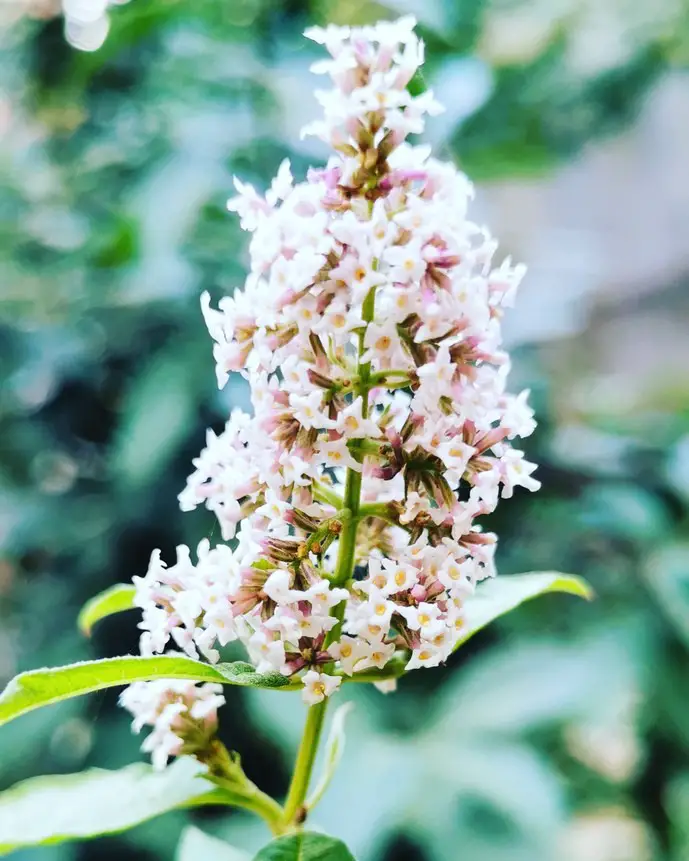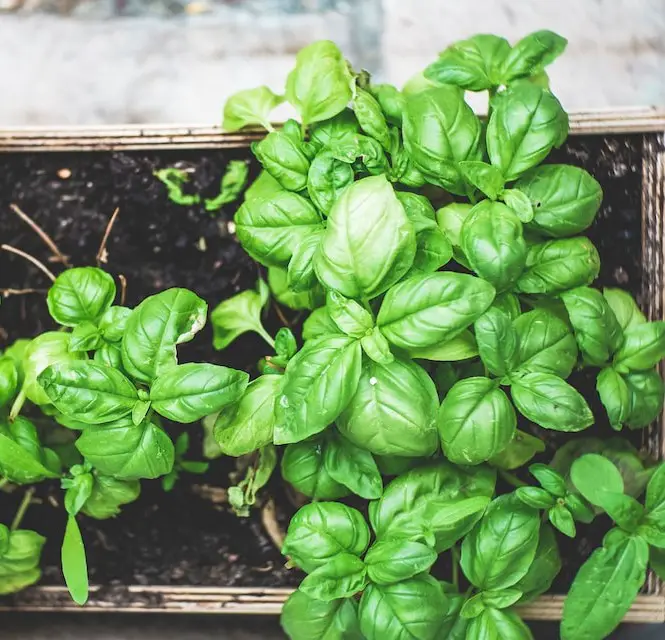
Genovese Basil is a popular herb known for its delightful aroma and culinary uses. Whether you’re a seasoned gardener or a beginner, growing Genovese Basil in your garden is a rewarding experience.
In this tutorial, we will guide you through the step-by-step process of growing Genovese Basil, from planting to harvesting.
Choosing the Right Location
Genovese Basil thrives in warm and sunny locations. Choose a spot in your garden that receives at least 6-8 hours of direct sunlight per day. Ensure the soil is well-draining and rich in organic matter. If you’re growing Genovese Basil in containers, make sure they have drainage holes to prevent waterlogging.
Read more: How to Make Organic Magnesium Fertilizer at Home
Planting Genovese Basil
Genovese Basil can be grown from seeds or transplants. If you’re starting from seeds, sow them indoors 6-8 weeks before the last frost date. Use a seed-starting mix and lightly cover the seeds with soil. Keep the soil consistently moist until the seeds germinate. Once the seedlings have developed a few sets of true leaves, you can transplant them outdoors.
If you prefer transplants, purchase healthy seedlings from a local nursery or garden center. Transplant them outdoors after the danger of frost has passed. Dig a hole slightly larger than the root ball, place the seedling in the hole, and gently firm the soil around it.
Caring for Genovese Basil
To ensure healthy growth and abundant harvest, follow these care tips:
Watering
Genovese Basil prefers consistently moist soil. Water the plants deeply whenever the top inch of soil feels dry. Avoid overwatering, as it can lead to root rot. Mulching around the plants can help retain moisture and suppress weeds.
Fertilizing
Feed Genovese Basil with a balanced organic fertilizer once a month during the growing season. Avoid over-fertilizing, as it can result in excessive leaf growth and reduced flavor. Follow the instructions on the fertilizer package for application rates.
Pruning
Regular pruning is essential to encourage bushy growth and prevent the plant from flowering too early. Pinch off the top sets of leaves when the plant reaches about 6 inches in height. This will promote lateral branching and result in a fuller plant.
Pest and Disease Control
Genovese Basil is generally resistant to pests and diseases. However, keep an eye out for common issues like aphids, slugs, and fungal diseases. If necessary, use organic pest control methods or consult a local gardening expert for advice.
Harvesting Genovese Basil
Genovese Basil can be harvested once the plant has reached a height of 6-8 inches. To harvest, simply pinch off the leaves or cut the stems just above a leaf node. Regular harvesting will encourage new growth and ensure a continuous supply of fresh basil throughout the growing season.
Uses for Genovese Basil
Genovese Basil is a versatile herb that adds a burst of flavor to various dishes. It is commonly used in Italian cuisine, particularly in pesto, pasta sauces, and salads. You can also use it to infuse oils and vinegars, and even make refreshing herbal teas.
Related article: Why Lemon Basil Leaves Turning Yellow- Control, Treat, Prevent.
Frequently Asked Questions
1. How long does it take for Genovese Basil to grow?
Genovese Basil typically takes about 60-90 days to reach maturity from the time of planting.
2. Can I grow Genovese Basil indoors?
Yes, Genovese Basil can be grown indoors as long as it receives sufficient sunlight or artificial grow lights. Place the plants near a south-facing window or provide them with 12-14 hours of fluorescent light per day.
3. How often should I harvest Genovese Basil?
You can start harvesting Genovese Basil once the plant has reached a height of 6-8 inches. Regular harvesting encourages new growth, so you can harvest as often as needed throughout the growing season.
4. Can I freeze Genovese Basil for later use?
Yes, Genovese Basil can be frozen for later use. Wash and dry the leaves thoroughly, then place them in airtight containers or freezer bags. Alternatively, you can also make basil pesto and freeze it in ice cube trays for convenient portioning.
Expert Tips for Growing Genovese Basil
Here are some additional tips to help you grow healthy and flavorful Genovese Basil:
- Start seeds indoors for an early start or purchase transplants for convenience.
- Pinch off any flower buds that appear to prolong the plant’s leaf production.
- Consider companion planting with tomatoes, peppers, or other herbs like parsley and oregano.
- Regularly check for pests and diseases, and take appropriate action if necessary.
- Harvest basil leaves in the morning when the essential oils are most concentrated.
- Store freshly harvested basil leaves in a glass of water on the kitchen counter for a few days, changing the water daily.
Conclusion
Growing Genovese Basil in your garden is a delightful and rewarding experience. With the right care and attention, you can enjoy a bountiful harvest of this aromatic herb. Remember to choose a sunny location, provide adequate water and nutrients, and regularly harvest to promote new growth. Happy gardening!

